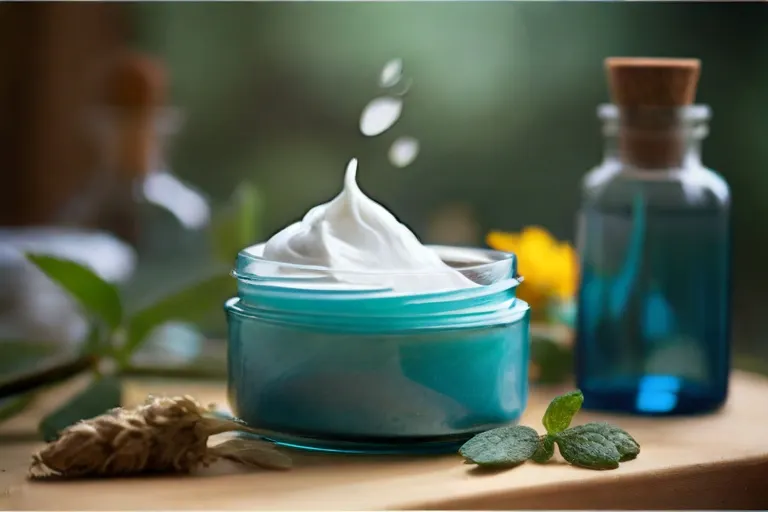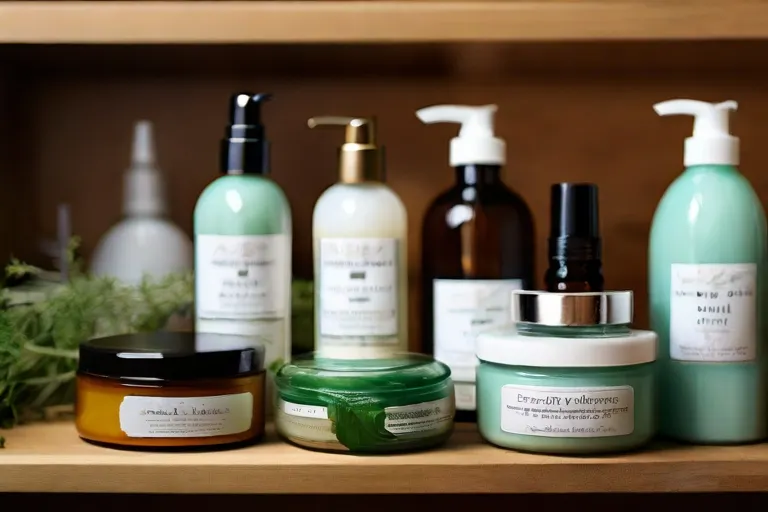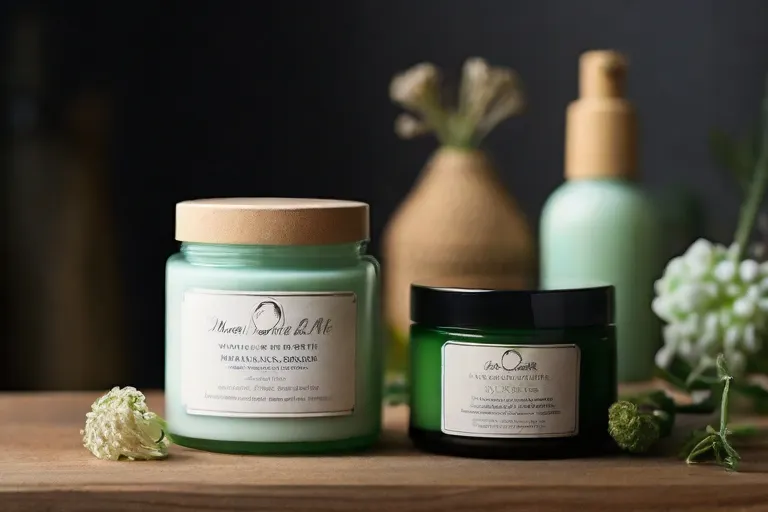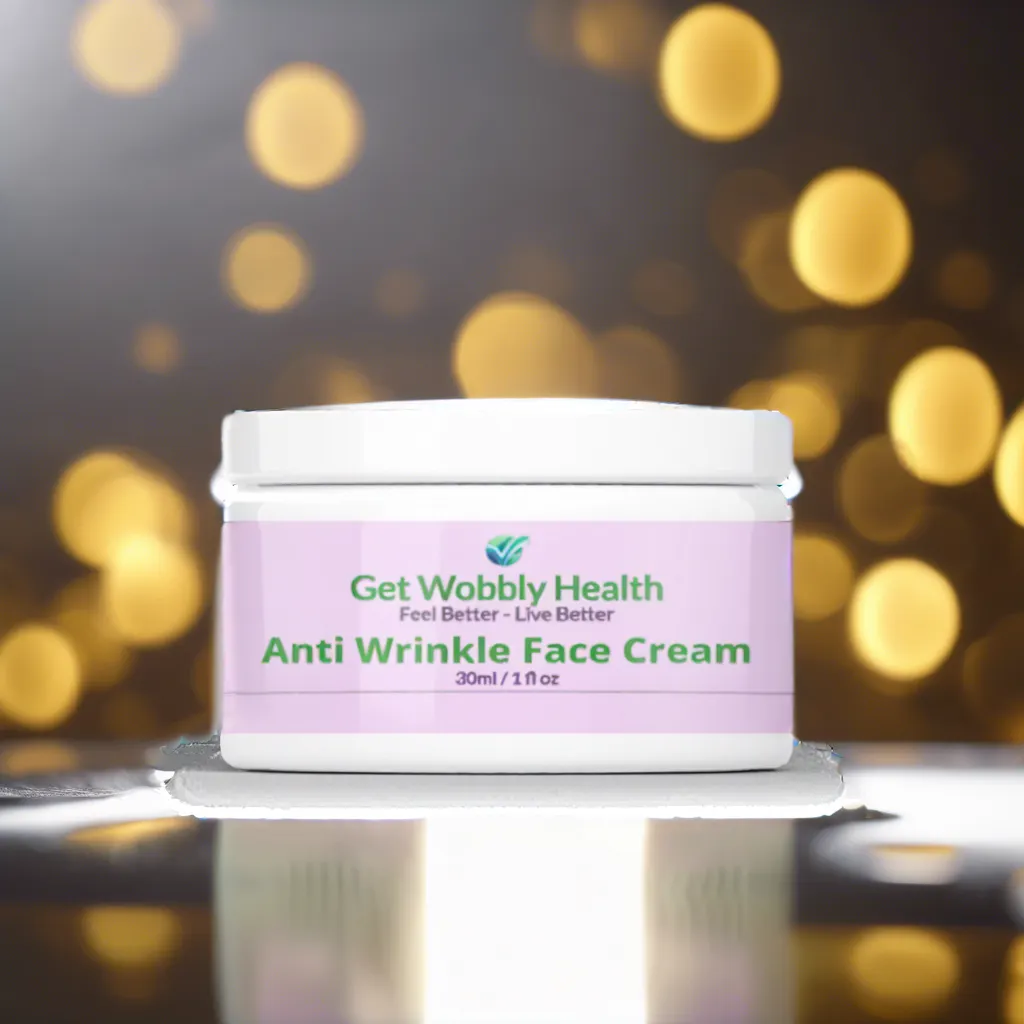Are Homemade Skincare Products Safe? Understanding Preservation Methods and Shelf Life

Are Homemade Skincare Products Safe? Understanding Preservation Methods and Shelf Life
Over recent years, there has been a surge in the popularity of homemade skincare products as people look for natural alternatives to traditional products. While making your own skincare products can be fun and rewarding, it's important to understand the importance of preservation methods to ensure the safety and effectiveness of these products. In this blog post, we'll explore the world of homemade skincare and discuss how to preserve them properly to prolong their shelf life and keep your skin healthy and glowing.
Key Takeaways:
- Natural preservatives like vitamin E and grapefruit seed extract can help extend the shelf life of homemade skincare products.
- Proper storage in airtight containers away from sunlight and moisture is crucial to maintain the efficacy of homemade skincare products.
- Regular monitoring of homemade products for any changes in color, consistency, or smell can help determine their freshness.
- Using clean tools and observing good manufacturing practices can help prevent contamination and increase the longevity of homemade skincare products.
- Understanding ingredient shelf life and incorporating expiration dates on products can ensure safety and effectiveness for homemade skincare routines.
Understanding Homemade Skincare
What Are Homemade Skincare Products?
An increasing number of people are turning to homemade skincare products as a natural and cost-effective alternative to commercial brands. Assuming you have the right ingredients and a basic understanding of skincare principles, you can create your own lotions, scrubs, masks, and more right in the comfort of your own home.
An important aspect of homemade skincare products is that they are usually made with natural ingredients like fruits, oils, and herbs, without the addition of harmful chemicals. This can be appealing for individuals with sensitivities or allergies to certain synthetic ingredients found in store-bought products.
The Appeal of DIY Beauty Treatments
An appealing aspect of DIY beauty treatments is the control they offer over what goes onto your skin. By making your own skincare products, you can tailor formulations to suit your unique skin type and concerns. Additionally, creating your own products can be a fun and creative process, allowing you to experiment with different ingredients and scents.
Any homemade skincare enthusiasts appreciate the satisfaction of knowing exactly what is going into their products, without any hidden or potentially harmful ingredients. This transparency can provide peace of mind and a sense of empowerment over your skincare routine.
The Basics of Skincare Preservation
What Is Preservation and Why Is It Needed?
You may have heard the term 'preservation' when it comes to skincare products, but what does it actually mean? Preservation is the process of preventing microbial growth and spoilage in cosmetic formulations. When we make homemade skincare products, it's vital to incorporate preservation methods to ensure that the product remains safe to use over time.
Preservation is needed to extend the shelf life of skincare products and protect them from contamination. Without proper preservation, homemade products can become a breeding ground for harmful bacteria, mold, and other pathogens, which can lead to skin irritation, infections, or even serious health issues.
Common Natural Preservatives
What are natural preservatives? These are ingredients derived from nature that help to inhibit the growth of microbes and extend the shelf life of skincare products. Some common natural preservatives include grapefruit seed extract, vitamin E, rosemary extract, and important oils like tea tree oil and lavender.
Preservatives are crucial in preventing microbial growth and ensuring the safety of skincare products, especially those made at home. They help maintain the product's integrity and effectiveness over time. When formulating homemade skincare products, it's important to understand the role that preservatives play in maintaining product safety and quality.
The Limitations of Natural Preservation
To rely solely on natural preservatives may have limitations. While natural preservatives can provide some protection against microbial growth, they may not be as effective as synthetic preservatives in certain formulations or when dealing with high-risk ingredients like water-based products.
Although natural preservatives are generally considered safer and less harsh on the skin than synthetic alternatives, they may not offer the same level of broad-spectrum protection against a wide range of pathogens. Homemade skincare enthusiasts should be aware of these limitations and consider them when formulating their products.

Risks and Safety Concerns in Homemade Skincare
All beauty lovers enjoy making their own skincare products at home. However, it’s important to understand the risks and safety concerns associated with homemade skincare. While it can be fun and rewarding to create your own formulas, there are potential dangers that need to be addressed to ensure your products are safe for use.
Bacterial Contamination
The use of Preservatives – Keeping our cosmetics safe & fresh in homemade skincare products is imperative to prevent bacterial contamination. Without proper preservation methods, bacteria can quickly grow in your products, leading to infections and skin irritations. It is crucial to follow guidelines for incorporating preservatives to maintain the safety and integrity of your creations.
Additionally, using clean utensils and containers, practicing good hygiene, and storing your products in a cool, dry place can help minimize the risk of bacterial contamination in homemade skincare.
Mold and Fungus Hazards
To prevent the growth of mold and fungus in homemade skincare products, it is important to use effective preservatives and follow proper storage guidelines. Mold and fungus thrive in warm, moist environments, making skincare products susceptible to contamination if not handled correctly.
Mold can cause serious health issues when applied to the skin, such as infections and allergic reactions. It is crucial to be aware of the signs of mold growth in your products and discard them immediately if you notice any unusual changes in color, texture, or odor.
Mold and fungus hazards highlight the importance of proper preservation and hygiene practices in homemade skincare to ensure the safety of your products.
Allergies and Skin Reactions
Mold, preservatives, and other ingredients in homemade skincare products can trigger allergies and skin reactions in some individuals. It is imperative to conduct patch tests before using any new product to check for sensitivities and reactions. Common allergens found in skincare products include fragrances, imperative oils, and certain preservatives.
It is important to be mindful of the ingredients you use in your formulations and to research potential allergens to minimize the risk of adverse reactions in users. If you experience any unusual symptoms after using a homemade skincare product, discontinue use immediately and seek medical advice if necessary.
It is crucial to be aware of potential allergens and take necessary precautions to protect your skin and overall health when using homemade skincare products.
Best Practices for Homemade Skincare
Importance of Cleanliness and Sterilization
Cleanliness and sterilization are crucial when it comes to making homemade skincare products. Keeping your work area, tools, and containers clean helps prevent contamination. Make sure to wash your hands thoroughly before starting and use sterilized equipment to avoid introducing bacteria or other harmful microorganisms into your products.
It’s also important to sterilize your containers before transferring your homemade skincare products to extend their shelf life. Invest in sterilizing solutions or boiling water to ensure your products stay fresh and safe for use.
Understanding Ingredient Combinations
Cleanliness plays a vital role when mixing different ingredients for your homemade skincare products. Combining incompatible ingredients can lead to ineffective products or, worse, skin irritation or reactions. Research thoroughly before blending ingredients and ensure they complement each other well for maximum benefits.
This knowledge will help you create effective skincare products that work harmoniously to nourish and improve your skin's health.
Shelf Life of Homemade Skincare Products
Unlike commercial skincare products that contain synthetic preservatives to prolong their shelf life, homemade skincare products rely on natural preservation methods, which can affect their longevity. Understanding the factors that influence the shelf life of your DIY skincare creations is important to ensure their effectiveness and safety.
Factors Affecting Shelf Life
Several factors can impact the shelf life of homemade skincare products, including the quality of ingredients used, the presence of water-based components, exposure to air and light, and the effectiveness of the preservation method employed.
Temperature fluctuations and contamination from fingers dipping into jars can also shorten the product's shelf life. Perceiving these variables can help you determine how long your homemade skincare products will remain stable and safe to use.
Tips for Maximizing the Shelf Life
On top of choosing high-quality ingredients and ensuring proper sanitation during the preparation process, there are several tips you can follow to maximize the shelf life of your homemade skincare products. Storing them in a cool, dark place away from direct sunlight can prevent the ingredients from degrading quickly. Avoid introducing moisture into the product by using a spatula instead of your fingers to dispense it. Assume that the more water-based components your formula contains, the shorter its shelf life will be.
- Store products in airtight containers.
- Avoid contaminating the products with dirty hands.
- Label products with preparation dates for reference.
Shelf life can be prolonged by adding natural preservation ingredients such as vitamin E or important oils that have antimicrobial properties. These additions not only help maintain the product's integrity but also contribute to its efficacy. Assume that any changes in color, texture, or scent indicate that the product has reached the end of its shelf life and should be discarded.
- Consider adding natural preservatives like grapefruit seed extract.
- Perform a patch test before using the product on your skin.
- Refrigerate products for extended shelf life.

Navigating the Regulatory Landscape
Once again, as we explore the world of homemade skincare products, it's necessary to understand the regulatory landscape that governs these items. Navigating the rules and guidelines can ensure the safety and efficacy of the products you create.
Guidelines and Regulations for Skincare Products
Regulatory guidelines for skincare products are put in place to protect consumers from harmful ingredients and ensure product safety. Before launching any homemade skincare product, it's crucial to familiarize yourself with these regulations. Different countries have varying standards, so it's vital to research and comply with the specific rules in your region. Understanding the guidelines can help you create products that are both effective and safe for use.
The Role of Patch Testing and Product Trials
Patch testing and product trials are necessary steps when introducing a new skincare product to the market. Patch testing involves applying a small amount of the product to a small area of skin to check for allergic reactions or sensitivities. Product trials are conducted to assess the product's efficacy and safety over an extended period. These processes help identify any potential issues and ensure that the product is suitable for a wider audience.
To conduct successful patch testing and product trials, it's necessary to involve a diverse group of participants to gather comprehensive feedback. This can help identify any adverse reactions or sensitivities that may not have been evident during initial testing. By conducting thorough trials, you can further refine your homemade skincare products to meet the highest safety and quality standards.
Making an Informed Choice
Not all homemade skincare products are created equal. While there are many benefits to making your own skincare products, it's imperative to understand how to do so safely. By educating yourself on proper preservation methods and the shelf life of ingredients, you can make informed decisions about the products you use on your skin.
How to Educate Yourself on Skincare Ingredients
Educate yourself on the benefits and potential risks of different skincare ingredients. Look for reputable sources such as dermatologists, scientific studies, and skincare experts to learn about the efficacy and safety of various components. Understanding which ingredients are proven to work for your skin type can help you create effective homemade products.
Additionally, familiarize yourself with common preservation methods to prevent bacterial growth and spoilage in homemade skincare products. Learning about natural preservatives like vitamin E, grapefruit seed extract, and imperative oils can help prolong the shelf life of your creations.
When to Opt for Professional Products
The quality and safety standards of professional skincare products are often rigorously tested and regulated. When in doubt about the efficacy or safety of homemade products, it's wise to opt for professionally formulated skincare items. Professional products are formulated by experts who have extensive knowledge of skincare ingredients and their interactions.
Ingredients in professional skincare products are carefully selected and formulated to address specific skin concerns effectively. If you have sensitive skin, complex skin issues, or are unsure about DIY formulations, professional products can provide peace of mind and reliable results.
Conclusion

As a reminder, homemade skincare products can be safe as long as proper preservation methods are followed and their shelf life is carefully monitored. By understanding how to effectively preserve your DIY products, you can ensure that they remain safe and effective for use on your skin.
Remember to always use clean tools and containers, opt for natural preservatives, and be mindful of expiration dates. With these precautions in place, you can enjoy the benefits of creating your own skincare products without compromising your skin's health and safety.
FAQ
Q: Are homemade skincare products safe to use?
A: Yes, homemade skincare products can be safe to use as long as proper preservation methods are followed and the ingredients used are suitable for your skin type.
Q: What are some common preservation methods for homemade skincare products?
A: Common preservation methods for homemade skincare products include using natural preservatives such as vitamin E, grapefruit seed extract, and necessary oils, as well as storing products in a cool, dry place away from direct sunlight.
Q: How can I determine the shelf life of my homemade skincare products?
A: The shelf life of your homemade skincare products can vary depending on the ingredients used. As a general rule, products with water-based ingredients have a shorter shelf life than oil-based products. It is important to label your products with the date of creation and to monitor their appearance and scent for any signs of spoilage.
Q: What are some signs that a homemade skincare product has gone bad?
A: Signs that a homemade skincare product has gone bad include changes in color, texture, or scent, the presence of mold or bacteria, or irritation or negative reactions when applied to the skin. If you notice any of these signs, it is best to discard the product.
Q: Can I extend the shelf life of my homemade skincare products?
A: Yes, you can extend the shelf life of your homemade skincare products by using proper preservation methods, storing them correctly, and avoiding introducing bacteria by using clean utensils and containers. It is also helpful to make smaller batches to ensure that products are used up before they expire.
Experience visibly younger-looking skin with our revolutionary face cream, designed to boost hydration, restore elasticity, and eliminate wrinkles for an instant flawless finish; join the revolution to never accept looking older.

